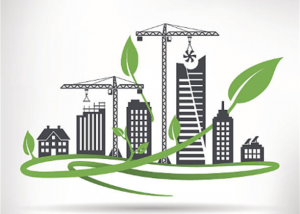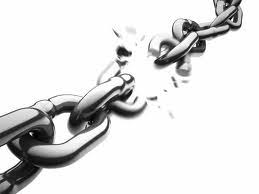 May 2021
May 2021
Newer buildings are less energy efficient than older buildings. This is according to a BC Hydro report.
Despite being marketed as more efficient, newer high-rise condo buildings use double the electricity as structures built in the 1980s. Part of the reason is amenities such as swimming pools and exercise rooms with heavy electricity requirements.
Condo communities rarely consider the electricity demands of common areas and amenities in cost reduction efforts. Suite metering may not be extended to common areas thus failing to reflect the full cost of power demands. Another factor is larger buildings containing more and smaller suites. Within each suite residents require more electricity to support building systems, appliances and growing use of electronic devices.
BC Hydro reports that half of energy use in high-rise residential buildings comes from suites with common areas being responsible for the other half. Lights in hallways and lobbies are always on. Elevators are always operating as are heating and cooling systems. All of this contributes to the cost of operating and maintaining high-rise buildings.
Electricity use in high-rise condo buildings increased 65 percent between 1999 and 2009 according to the report. While the above factors explain some of the increase, the greatest portion appears to result from poor insulation. Newer condo buildings use more glass and concrete which are poor insulators.
Energy conservation measures include better quality windows, motion control systems that turn lights on only when necessary, and efforts to seal areas where air can enter and exit a building.







